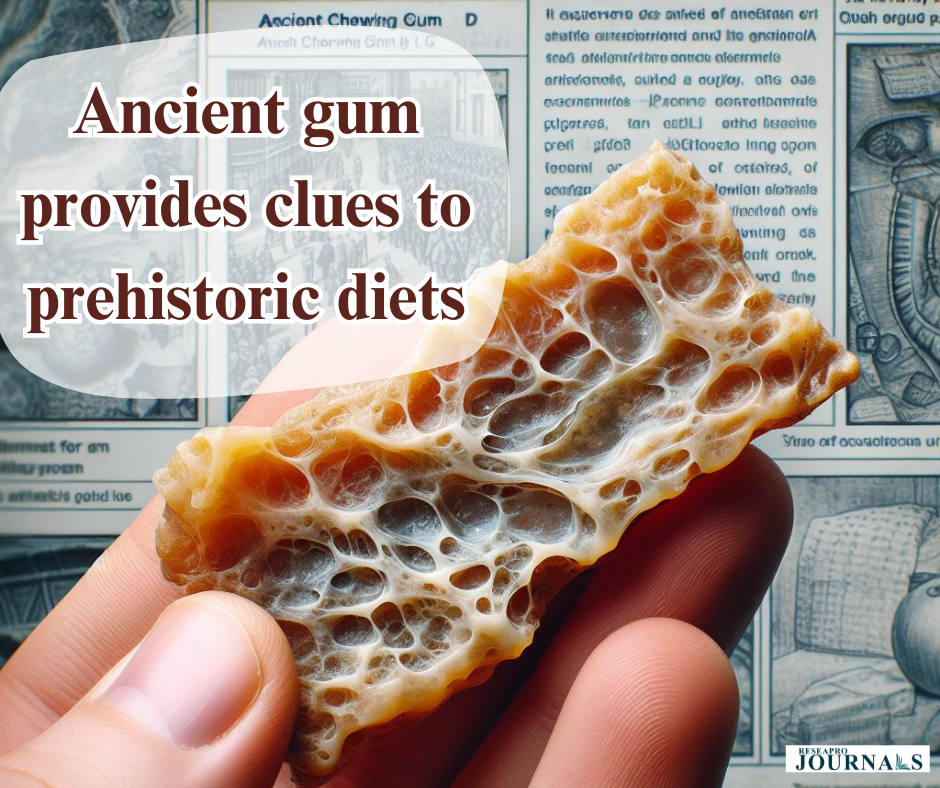
In a fascinating archaeological discovery, the analysis of ancient ‘chewing gum’ is shedding light on the dietary habits of the Stone Age. This unique find, resembling chewing gum, provides a rare opportunity to explore the eating habits of our ancestors and gain insights into their daily lives.

Body:
Preservation Marvel: The ‘chewing gum,’ made from birch bark tar, showcases remarkable preservation, offering a window into the Stone Age. The tar served multiple purposes, including adhesive and, evidently, chewing.
Genetic Clues: Researchers extract ancient DNA from the gum, revealing not only the individual’s identity but also information about their microbial and dietary landscape. This genetic analysis helps reconstruct the Stone Age diet with surprising precision.
Dietary Composition: Isotopic analysis of the chewed material provides details about the types of plants and animals consumed. This data is crucial in understanding the nutritional choices made by our ancestors, contributing to a broader understanding of their lifestyle and environmental interactions.
Conclusion:
The analysis of ancient ‘chewing gum’ serves as a scientific time capsule, unraveling the mysteries of the Stone Age diet. This innovative approach, combining genetic and isotopic analyses, has opened new avenues for understanding prehistoric human life. The findings not only enrich our knowledge of ancient civilizations but also emphasize the adaptability and resourcefulness of early humans in crafting diverse diets from the natural world around them.
